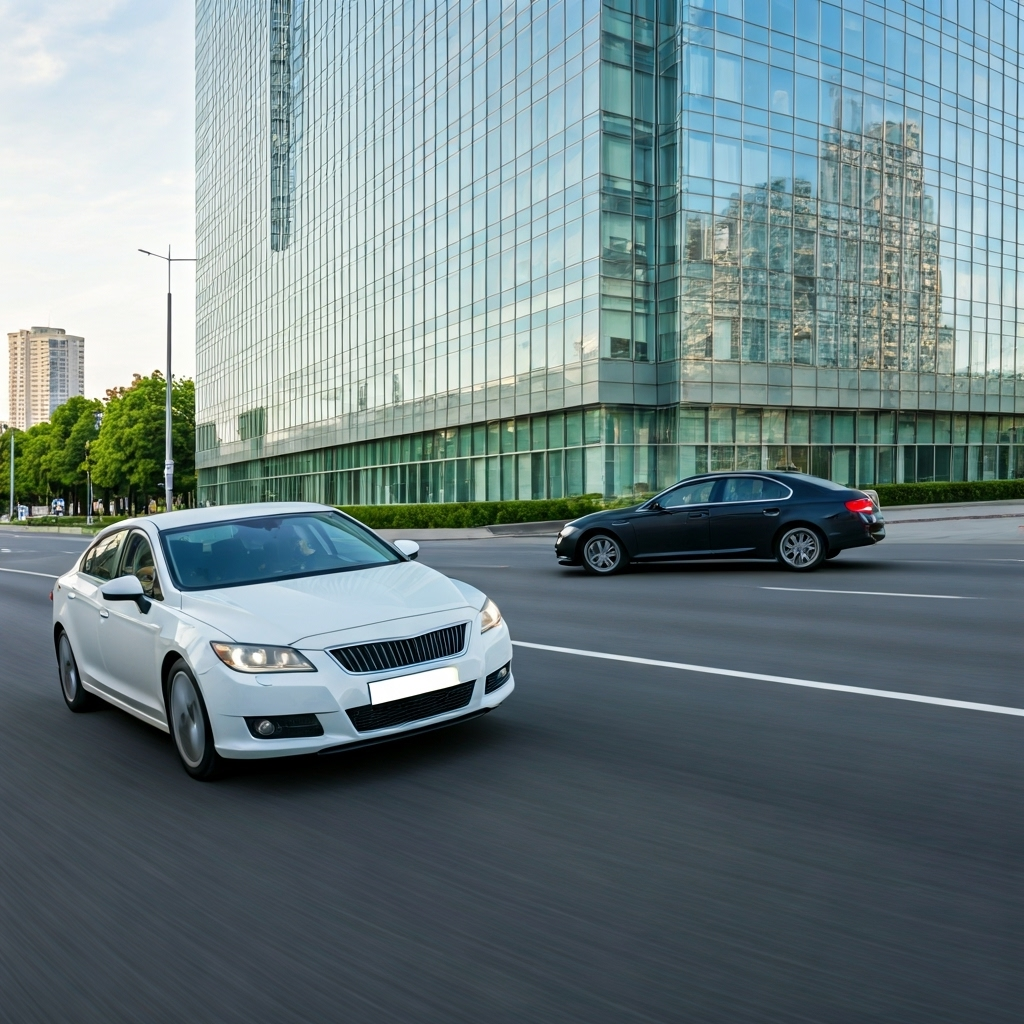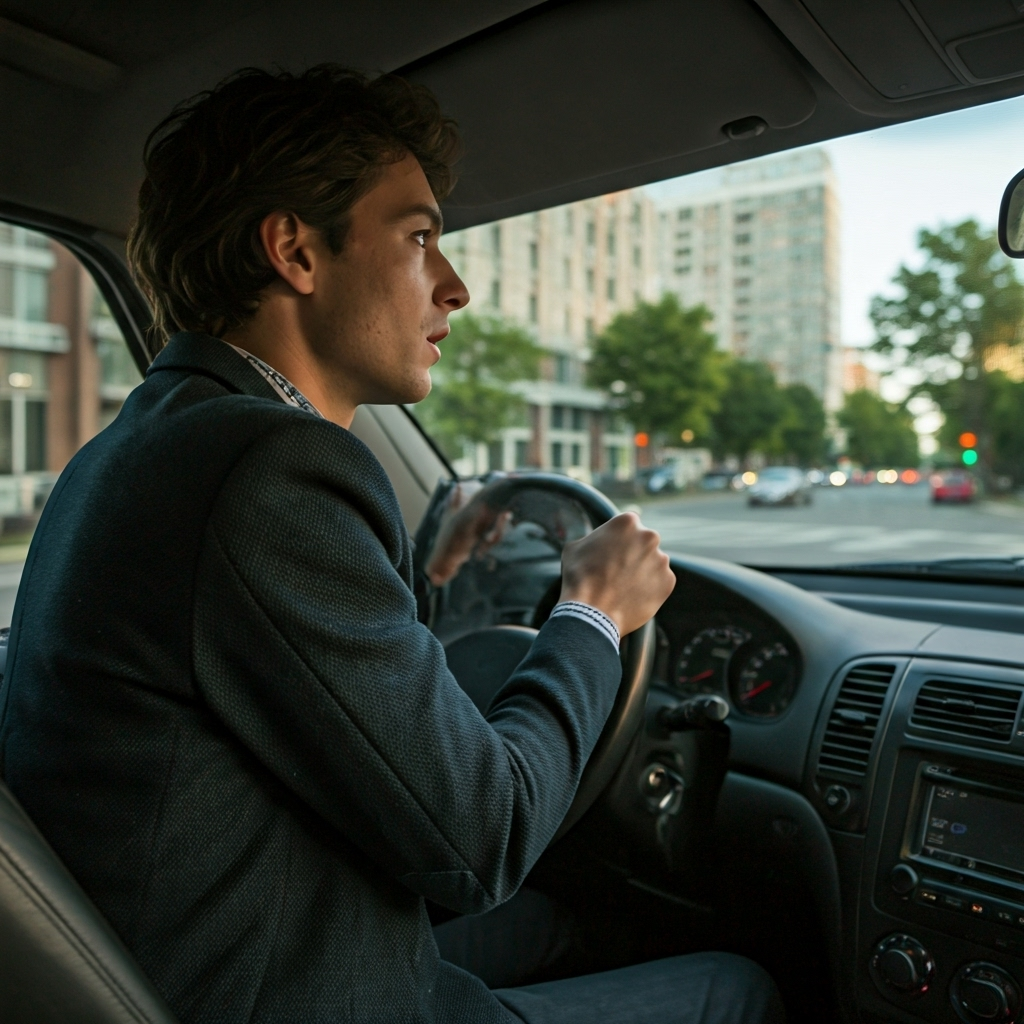Reckless vs. Negligent Driving in Washington State Explained

Key Highlights
- Reckless driving involves willful disregard for the safety of persons or property, making it a gross misdemeanor under Washington law.
- Negligent driving arises from a failure to exercise reasonable care, often resulting in traffic infractions or misdemeanors depending on severity.
- The intent distinguishes these offences: negligence lacks intent, whereas recklessness is deliberate and dangerous.
- Both driving behaviors lead to legal consequences, potentially including fines, license suspensions, or even jail time.
- Determining whether an act was reckless or negligent is vital in personal injury cases, impacting liability and damages.
- Consult an experienced attorney to explore legal options if charged or injured due to these offenses.
Introduction
Driving offenses like reckless driving and negligent driving are big issues in Washington State. Reckless driving shows a clear lack of care for safety, while negligent driving happens when someone is careless but does not mean to be. Both reckless driving and negligent driving have serious legal consequences. They also can affect who is at fault in personal injury cases. It is important to know what sets them apart, because that helps you protect yourself under the law. You also want to make sure justice is done when these events happen. Whether you have been charged with an offense, or have an injury from one, knowing the difference can help you get through the legal process more easily.
Understanding Negligent Driving in Washington State
 Negligent driving happens when a driver does not act in the careful way expected on the roads. The driver may not mean to do harm, but the things they do can put the safety of others at risk. All drivers have a duty of care. This means they must act in ways that help keep other people safe.
Negligent driving happens when a driver does not act in the careful way expected on the roads. The driver may not mean to do harm, but the things they do can put the safety of others at risk. All drivers have a duty of care. This means they must act in ways that help keep other people safe.
If a driver does not meet this duty, it is called negligence. This kind of behavior often leads to car accidents or traffic violations. In Washington State, negligent driving can be more or less serious, and the punishments are different. Someone might get a traffic fine or could even be seen as responsible in personal injury cases. Now, let’s talk about what it means and what the legal rules are.
Definition and Legal Criteria for Negligent Driving
Understanding negligent driving means knowing what it is. Negligent driving happens when someone does not show the ordinary care that a reasonable person would have. This lack of care puts the safety of others at risk. In Washington State, the law puts negligent driving into two levels.
First-degree negligent driving happens when a person drives a vehicle in a negligent way while under the influence of alcohol or drugs. This makes it more risky for other people. It counts as a misdemeanor, so the driver can get fines and maybe also spend time in jail. Second-degree negligent driving does not involve alcohol or drugs. Still, it may put others in danger, and it is treated as a traffic infraction.
The law looks for ordinary care and checks how a reasonable person would act in similar circumstances. The court says if the driver’s actions go against what most people expect for safety. Knowing the difference between the two levels is important, as it changes the penalty and can affect who is responsible in an accident in Washington State.
Common Examples of Negligent Driving Behaviors
Examples of negligent driving are something you can see often in everyday traffic. Most come from drivers not paying enough attention. Here are some examples of negligent driving:
- Ignoring stop signs and red lights, which can mess up the flow of traffic.
- Not giving others the right of way at intersections, putting people in danger.
- Following other cars too closely without giving enough space.
- Not using turn signals, which makes things hard for other drivers.
These kinds of actions happen when drivers do not take their job to keep the roads safe seriously. A lot of the time, these mistakes come from being distracted or not paying attention, not because people want to cause harm. It helps to know and see these examples of negligent driving, because it shows how much one careless move can change road safety for everybody.
Reckless Driving Defined Under Washington Law
 By comparison, reckless driving means the person chooses to ignore safety and goes beyond just being careless. In Washington, this offense includes dangerous behavior that can harm people or damage property. That is why the law sees reckless driving as a gross misdemeanor. It is a big deal because of how serious the risks are.
By comparison, reckless driving means the person chooses to ignore safety and goes beyond just being careless. In Washington, this offense includes dangerous behavior that can harm people or damage property. That is why the law sees reckless driving as a gross misdemeanor. It is a big deal because of how serious the risks are.
This crime takes place on public roads. It often involves things like excessive speeding or street racing. People caught and charged with reckless driving can get tough punishments. They may get time in jail, large fines, and even have their license taken away. Now, let’s take a look at the kinds of actions that count as reckless driving.
What Constitutes Reckless Driving?
Reckless driving is more than just being careless. It is willful misconduct, which means a driver knows they might put the safety of others or property at risk and does it anyway. In Washington, the law says reckless driving happens when someone drives a vehicle with wanton disregard for the safety of others.
This creates a substantial risk that sets reckless driving apart from simple negligence. For example, a person who drives under the influence of alcohol or joins in street racing is not just being careless. These are actions where people choose to ignore the safety of others. Courts will look at a reckless driver’s actions and judge if they bring about more danger than the usual traffic offenses.
Breaking safety rules under reckless conduct comes with higher legal trouble. The criminal punishments are tough and could include up to 364 days in jail with fines of up to $5,000. These penalties show the seriousness of reckless driving offenses. Knowing about these risky actions can help people stay away from dangerous situations on the road.
Typical Actions Considered Reckless Driving
Some actions are seen as reckless driving because people do them on purpose. Here are some common examples of reckless driving:
- Excessive speeding way above what the sign says.
- Street racing on public roads, where many people can get hurt.
- Breaking traffic rules on purpose, like running red lights.
- Weaving hard between lanes, which is dangerous for everyone.
- Forcing drivers or people walking to get off the road.
These dangerous actions do not care about the safety of persons or property. People who do this show a clear lack of care. These behaviors not only raise the risk of accidents but also bring on serious criminal charges. The law treats these kinds of reckless driving as a gross misdemeanor, as the danger to others is very high.
Key Differences Between Negligent and Reckless Driving
While both reckless driving and negligent driving are types of improper driving, there is a main difference between them. Negligent driving happens when a person does not mean to cause harm but is careless. Reckless driving happens when the driver makes a choice to act in a risky or dangerous way on purpose.
Negligent driving can lead to civil liability if it causes injury. In these personal injury cases, the people harmed try to get money back for what they lost. Reckless driving, on the other hand, can lead to criminal charges. It can also bring extra fines called punitive damages. It is important to know the difference when it comes to legal steps. These two types of driving can have different results and punishments for the driver.
Legal Distinctions and Severity of Offenses
Reckless driving and negligent driving are not the same. They are different in both intent and how serious the act is. Here is a simple table that shows the main differences:
| Aspect | Negligent Driving | Reckless Driving |
|---|---|---|
| Legal Classification | Second-degree: traffic infraction | Gross misdemeanor |
| Intent | Carelessness | Willful misconduct |
| Penalties | Fines | Jail up to 364 days, fines up to $5,000 |
| Impact on Liability | Civil liability for damages | Civil and potential punitive damages |
Reckless driving often leads to harsher penalties. These can include license suspension and other strict outcomes. This is more serious than negligent driving. If you understand these differences, you can better see how traffic offenses like gross misdemeanor or willful misconduct may affect your civil liability or even lead to punitive damages. This helps people know what to expect after a traffic violation.
Impact on Liability and Insurance Claims
Negligence and recklessness can affect who is responsible after a crash, and they also change how insurance companies handle things later. Insurance companies look at who was at fault when they decide what will be covered. Negligent drivers could end up with higher insurance bills, but they are often still covered for the damage they cause.
Reckless driving is different. This shows there was intent, so insurance companies might stop the policy or make it smaller. This type of offense raises claims for punitive damages in personal injury cases. If people are injured by reckless driving, they often try for money not just for their losses but also for extra punishment, since this kind of behavior is so risky.
An attorney can help people—whether they are victims or those being blamed—get the best settlement possible. They know how to guide clients through these tough situations with insurance companies and the law.
Conclusion
Knowing the difference between reckless driving and negligent driving is important for anyone driving in Washington State. Each of these can lead to serious legal consequences. They also affect your safety, and the safety of everyone on the road. When you understand what behaviors are linked to reckless driving or negligent driving, you can make better choices when you drive. This also helps you avoid getting into trouble.
If you ever get into trouble for either reckless driving or negligent driving in Washington State, you should talk to a legal expert. They can explain what you need to do, and help protect your rights. Don’t wait to get help. The best way to protect your future is to have good information and support.
Frequently Asked Questions
What are the penalties for negligent and reckless driving in Washington State?
Negligent driving can be called a traffic infraction or sometimes a misdemeanor, depending on how serious it is. The main penalty you get for this is usually a fine. But reckless driving is looked at as a gross misdemeanor. This can come with harsh penalties. You can go to jail for up to 364 days. There can also be fines that go up to $5,000. The court can also take away your driver’s license.
Can a negligent driving charge be reduced or dismissed?
Yes, in Washington State, a negligent driving charge can sometimes be reduced or even dropped. An experienced car accident attorney will look at your case, find out what happened, and check all legal options to fight the charges. If you are facing this, there may be good ways to get a better result.
Does reckless driving always involve speeding?
No, reckless driving does not always mean driving much faster than the speed limit. This kind of reckless behavior can be seen when people do things like street racing, not following traffic signals, or weaving in and out of traffic in an unsafe way. All of these actions show a wanton disregard for the safety of others on public roads.
How do these charges affect my driving record and insurance rates?
Both reckless driving and other offenses can show up on your driving record. Insurance companies may raise your rates if you have been negligent or reckless on the road. If you get a charge for reckless driving, companies might even cancel your policy or make rules tougher for you. An attorney can help you deal with these kinds of problems.
What should I do if I’m charged with negligent or reckless driving?
If you are charged, you should talk to an experienced attorney right away. You can share the details of your accident with them during a free consultation. This will help you understand your legal options. An attorney can work to reduce the legal consequences and give you good support for your case.
Call Now or USE contact form a for same-day response:







★★★★★ Excellent Speeding Ticket Lawyer – Joseph is the Best!
I hired Joseph to help with a speeding ticket that could’ve seriously impacted my driving record. From our first conversation, he was professional, calm, and clearly experienced with traffic cases.
Joseph took care of everything — paperwork, court appearances, and negotiations — and got my fine significantly reduced with no points on my license. He kept me informed every step of the way and explained the legal process in a way that was easy to understand.
If you’re looking for a traffic attorney who truly knows what he’s doing, I highly recommend Joseph. He’s sharp, responsive, and gets results. 5 stars all the way!



Throughout The process kept me informed, & answered all my questions ; His dedication to his clients is really really Impressive.
